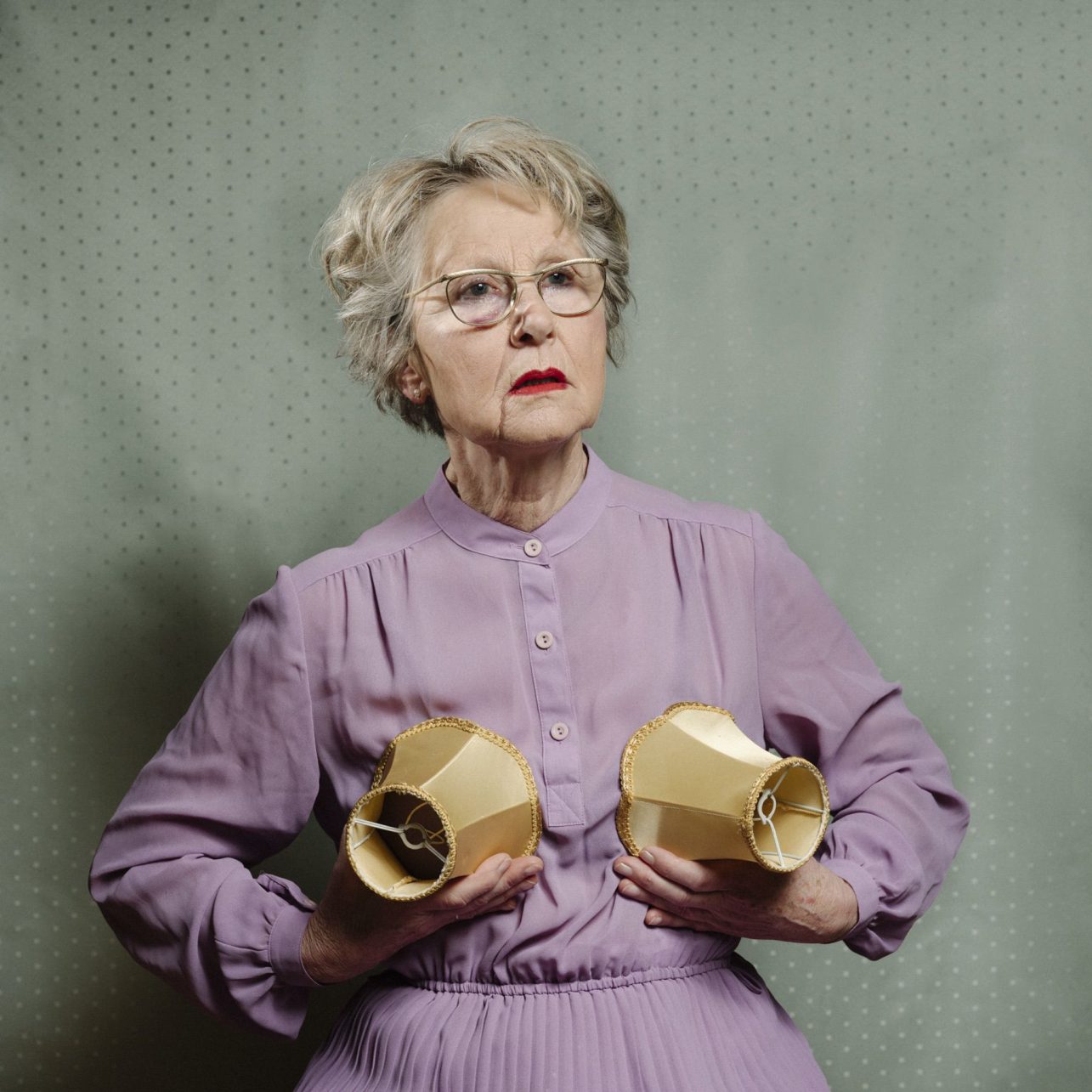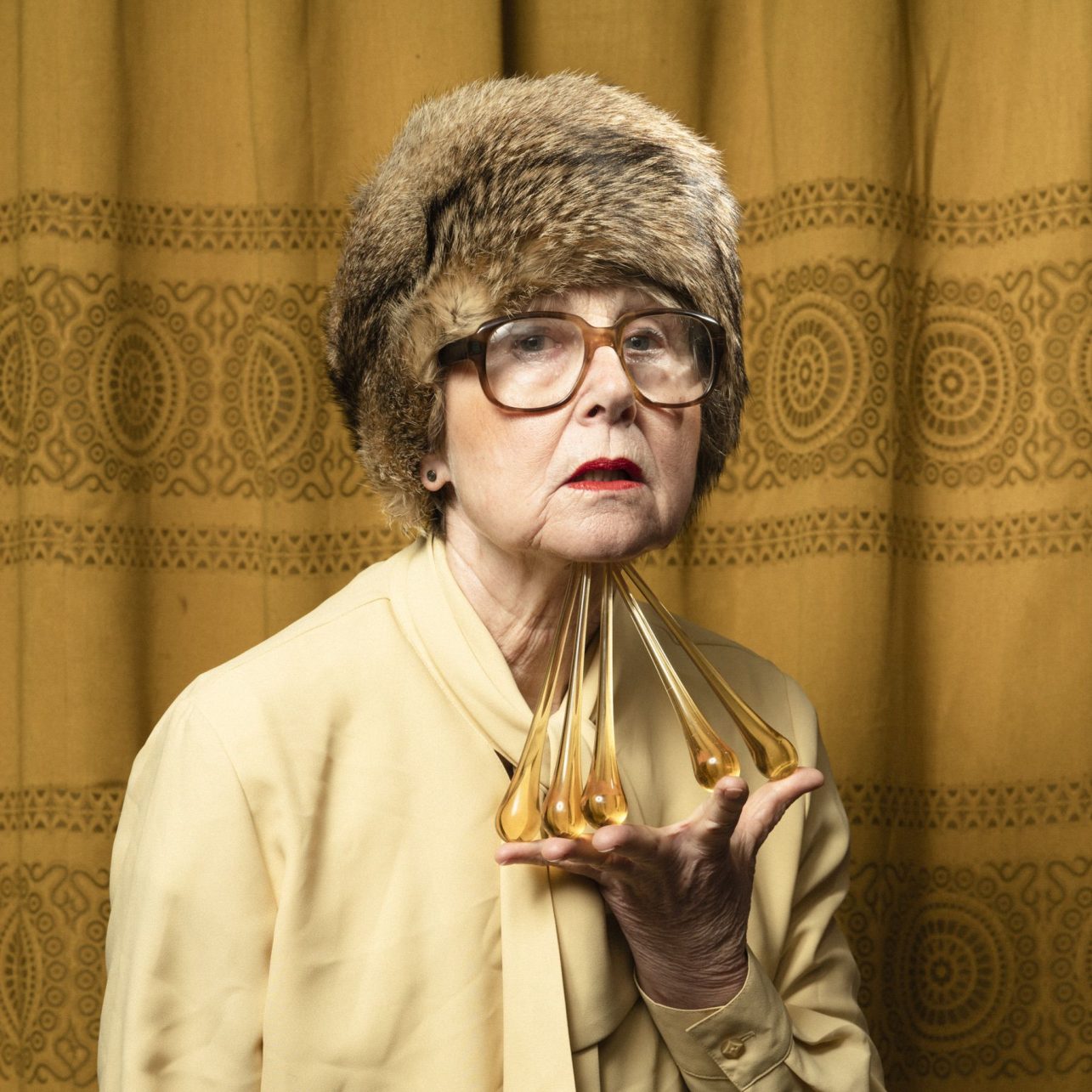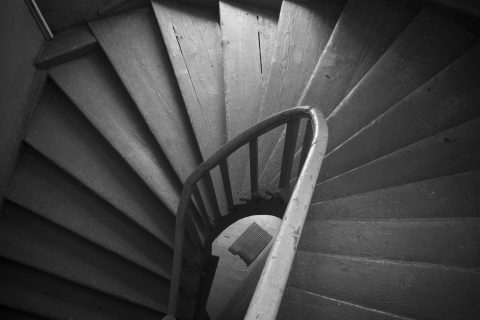Nina Röder’s uncle used to take photos of cars in accidents to assess the damage for insurance. When his company invested in digital cameras in 2002, he gave his niece an old Minolta. Today, the German artist is known worldwide for her performative work, in which kinship is crucial – not just for the technology.
At the second International Photography and Media Art Festival (IPMA, in Kaunas October 1–31), Röder presents her photographic series Champagne im Keller, born from looking through her deceased grandmother’s belongings. We are publishing a few of her shots – you can see the whole exhibition at the M. Žilinskas Art Gallery – and she has agreed to answer a few questions about her work.
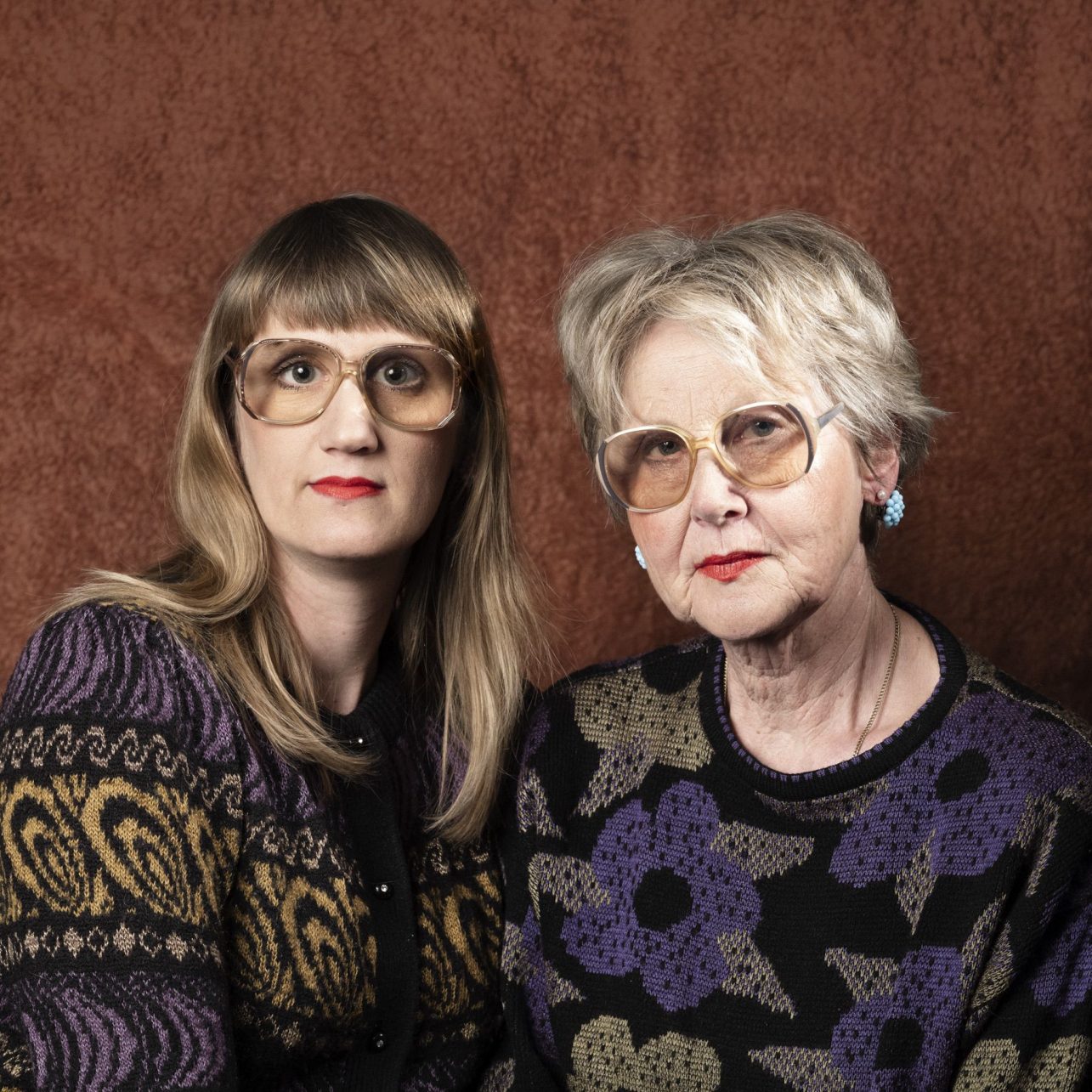
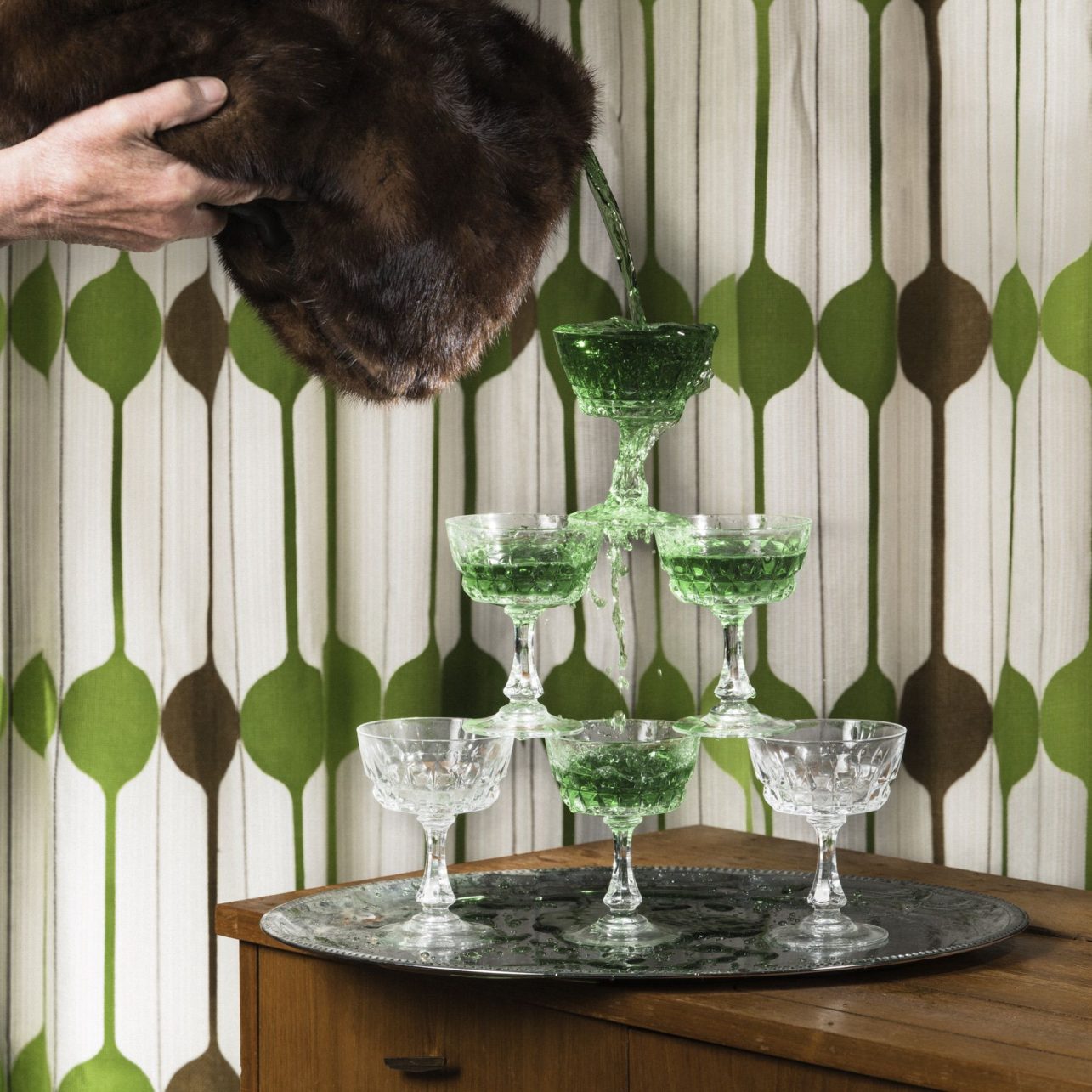
A basement is usually a location that symbolises secrets, hidden agendas, etc. When you found your grandmother’s things in the basement, did you deliberately choose it to be your pop-up studio, too? Is the secretive nature of a basement important in this photo series?
My grandparents’ objects were not stored in the cellar by chance. When my grandparents died in quick succession in 2017, we had to clear out their house, and I, in particular, felt that I wanted to keep a lot of their belongings for nostalgic reasons. So I asked my mum if we could store everything in her cellar.
I had completely forgotten what items and clothes we had taken with us when I opened the room in my mum’s basement again three years later. I realised this series in 2020 during a coronavirus lockdown. It was the perfect place for me to work on a series, as I was also pregnant, and it was not yet clear what the effects of this virus would be.
The title of this series has the following meaning: On the one hand, I found these treasures in my mum’s basement. Treasures that are probably only valuable to me. Then I also remembered a quote from my grandfather. He was given a few bottles of champagne for his 90th birthday. As a modest man, he said: ‘Well, when the beer is empty, we’ll just drink the champagne in the basement.
Please reveal a bit of the technical side of the Champagne im Keller series. Was it a learning process for you as a photographer, or did you follow your usual path? I
I used a digital camera for the first time in this series. Previously I had worked exclusively with analogue medium format. That was a big challenge for me because the workflow was completely different, and I had to focus a lot more.
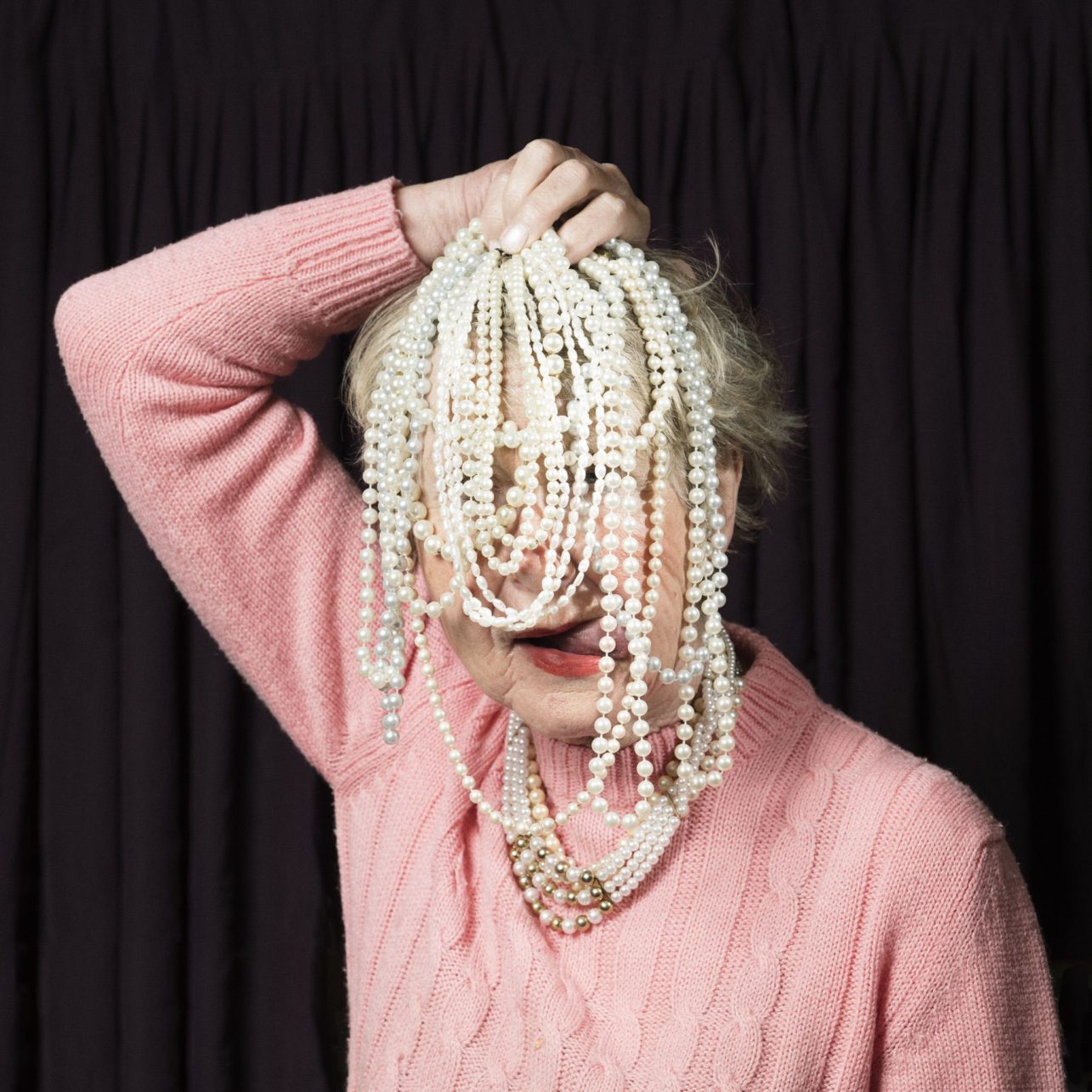
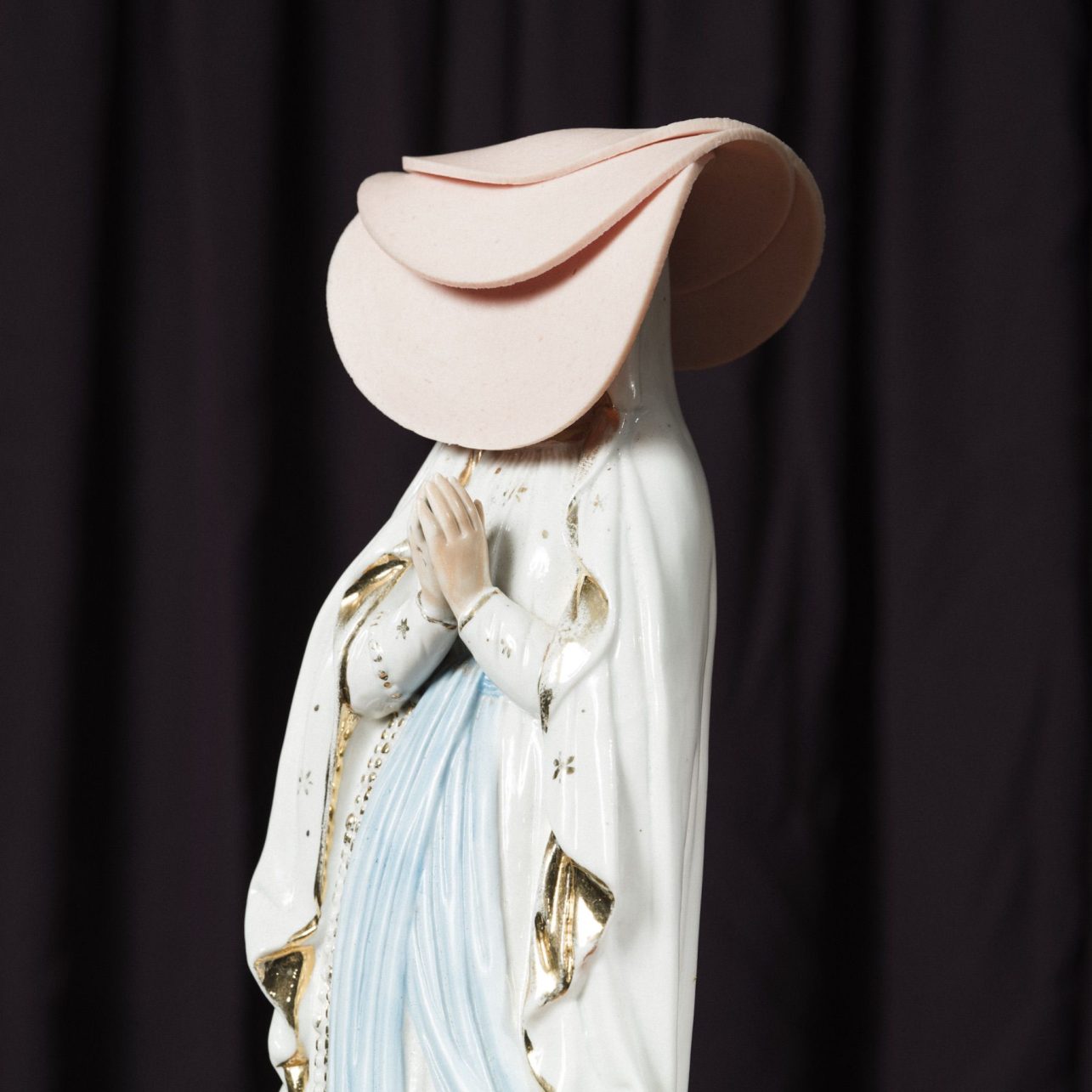
I love the series’ performative, theatre-like nature. What inspired the looks, poses, and mimics? I wanted to stage grotesquely absurd tableaux that unsentimentalize the processing of loss and grief. Samuel Beckett coined the concept of absurd theatre. In a figurative sense, Beckett says, “Absurdity is the sign of our times when we are at a loss for words.”
This applies to my work to the following extent: People tend to ask existential questions: Why do we live? Why do we die – these are the most fundamental questions. At the same time, these questions of meaning are doomed to failure because they can never be fully answered. The absurdity of human existence arises from this dialectic. Albert Camus says of absurdity: “It is the expression of a constantly failing search of the mind for absolutely valid truths. Beckett’s work is also about communication that does not work – communication that comes to nothing. The theatre of the absurd, therefore, very often has tragicomic traits, which I want to reflect in my photographs, for example, by combining intimate objects such as my grandparents’ dentures with objects that have no meaningful connection whatsoever.
What I find really attractive and captivating in your photos is the surreal realness of the image. With the current wave of AI tools, there are numerous ways to dictate your vision to the machine and get it in a few seconds, yet all of the material looks fake, no matter how good the tool is. What is your relationship with AI?
I see AI in an artistic context like any other tool. The visual languages of some artists who work with AI are super interesting. However, it has not yet been an option for me.
In other photographic contexts, such as photojournalism or documentary photography, it is essential to critically examine AI’s role. It is also important to introduce international regulations in line with democratic and ethical values.
This question can also be about your series Mother’s Shoes, where you staged her memories. What did you learn about your mother in the process, and what did she know about you? The Mother Shoes series, photographed in my grandparents’ house, is intended to visualise specific memories of my mother from her youth. I learnt a lot about my mother before she was a mother and heard about her dreams and ambitions as a teenager. Some of these dreams were never realised, and I think I understand more about why my mother is the way she is.
It’s exciting that you asked what she knew about me. No one has ever asked that question.
As this was actually my first photo series, it was the first time she had seen what I actually do.
Would you say that working with your mother as a model changed your relationship with her and vice versa? Although my relationship with my mum is very close, it is still a challenge. I once heard a quote that said: Through friction comes warmth.
I would not imagine my older relatives posing for creative photography (I would love to see it, though), maybe because it does not reflect the image of a typical senior citizen of our society. What about German society? Is there some freedom in how senior citizens express themselves?
I can’t generalise about German society, but my mother comes from a small, relatively conservative town in the south of Germany. I live in Berlin, a city where I always want to believe that anything is possible. Sometimes, my mother is asked about her photos in her town because someone has seen them on Instagram. Some people think it’s a bit crazy, but they also admire her for it.
What message would you like to pass to Kaunas people who will visit the exhibition or maybe just examine the photos we chose for the magazine? What should we look for in everyday life to overcome grief more quickly?
For me, it was about finding a way to deal with grief and loss in a way that didn’t make me go crazy. Losing someone is terrible, but it’s part of life. And since we can’t change this fact, I found a way to deal with it with humour and in a tragicomic way so that I don’t just sink into deep melancholy.
